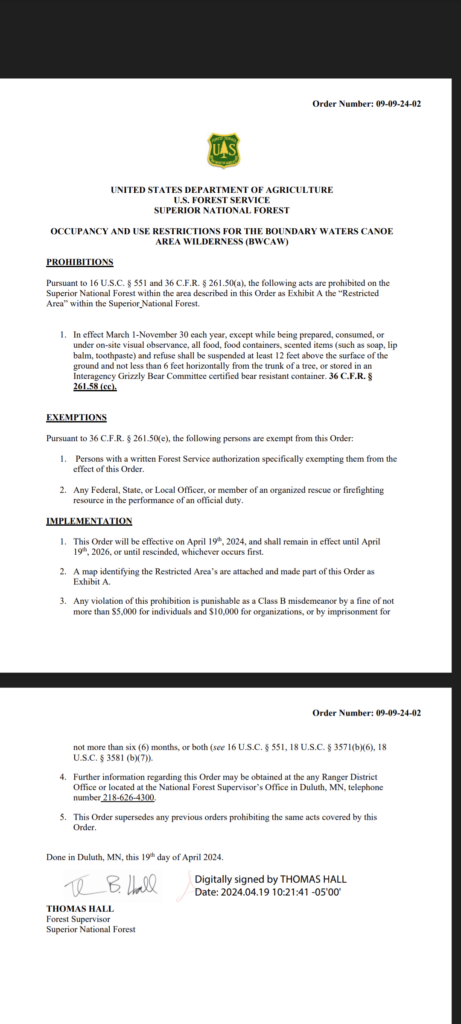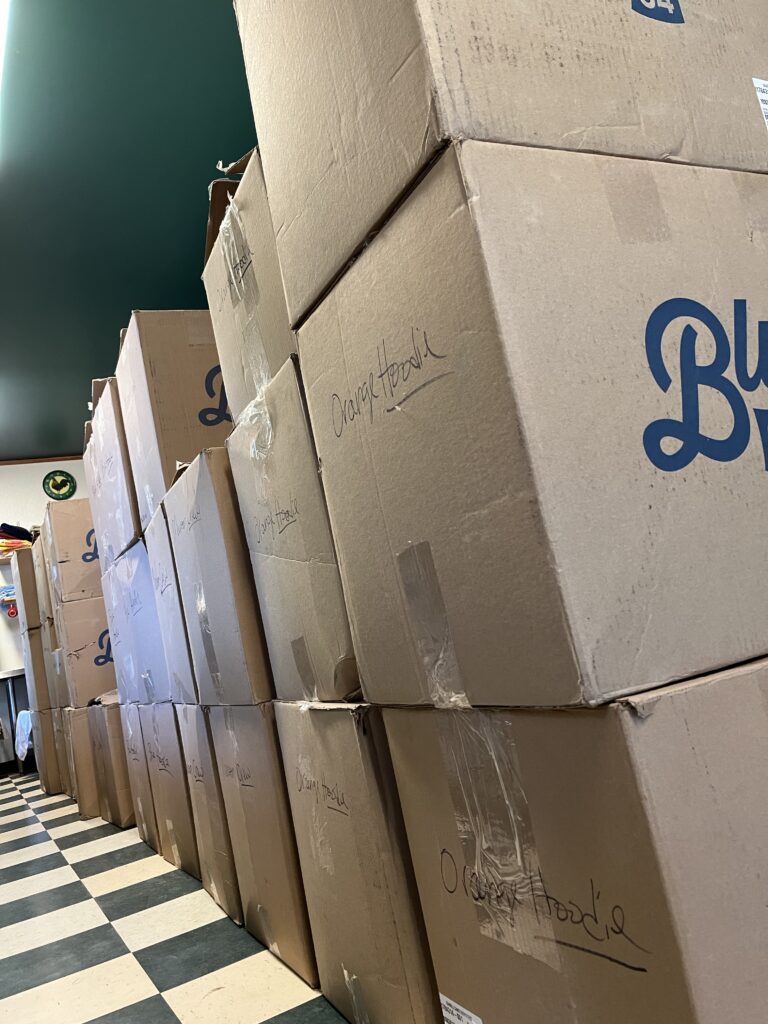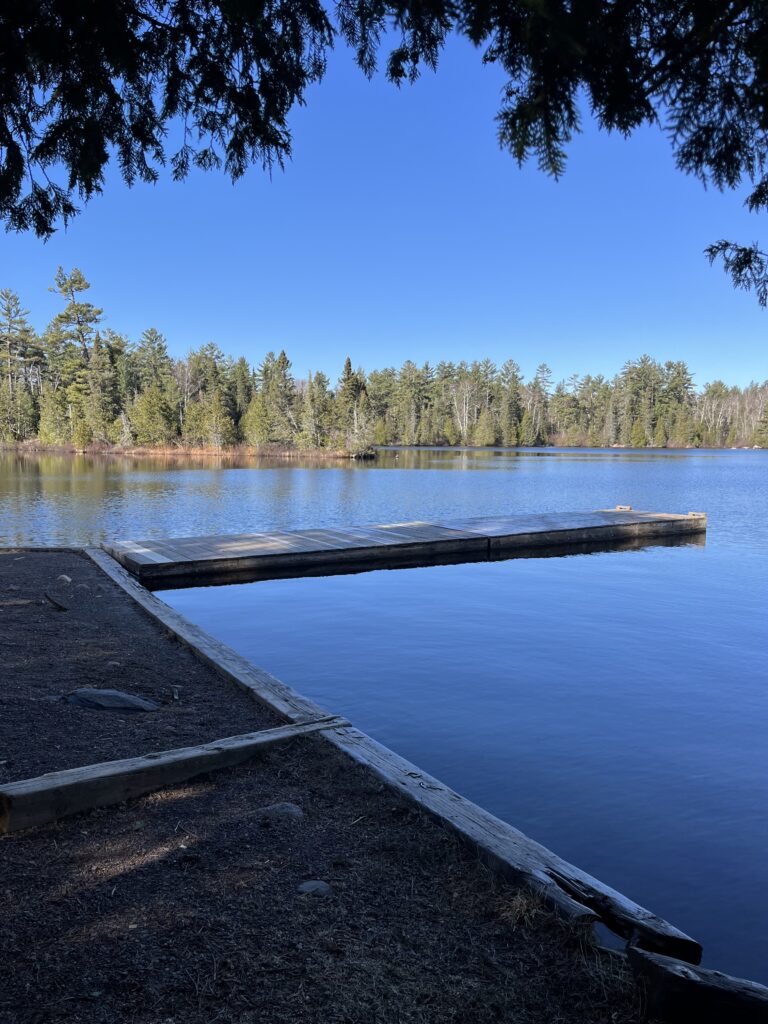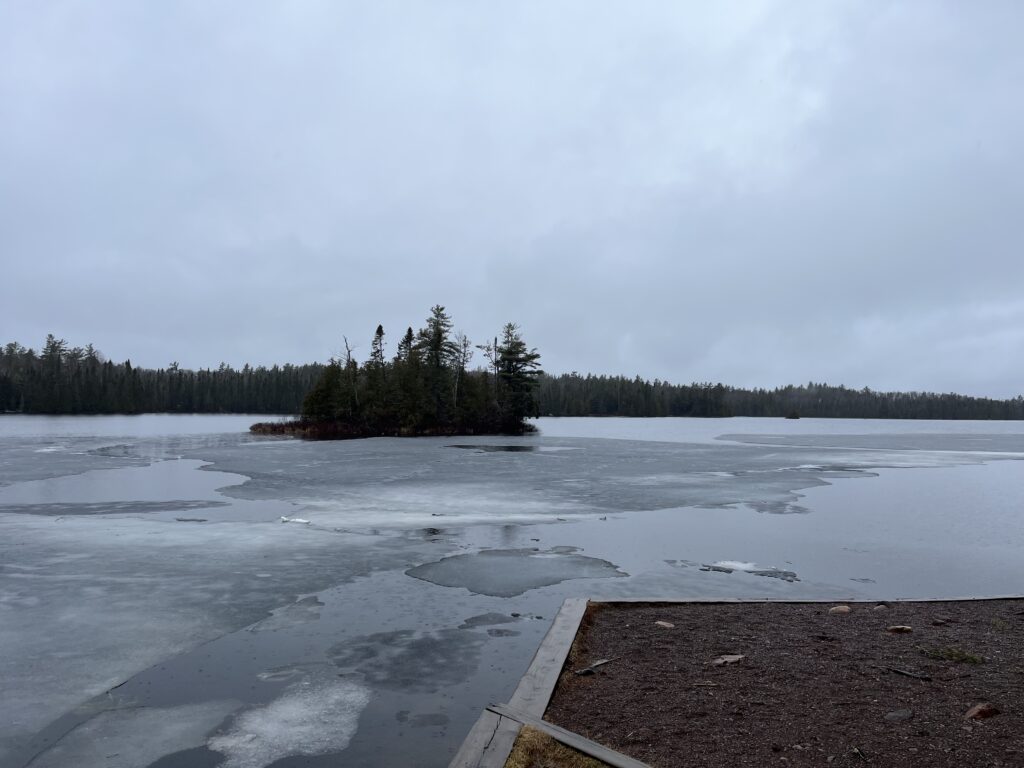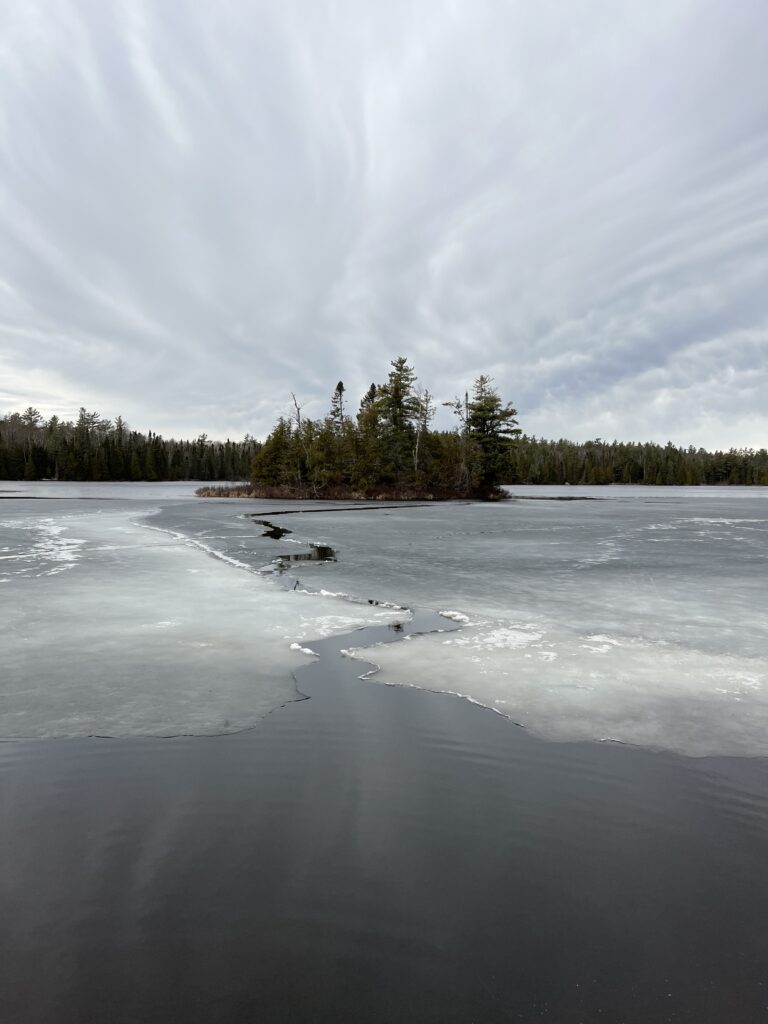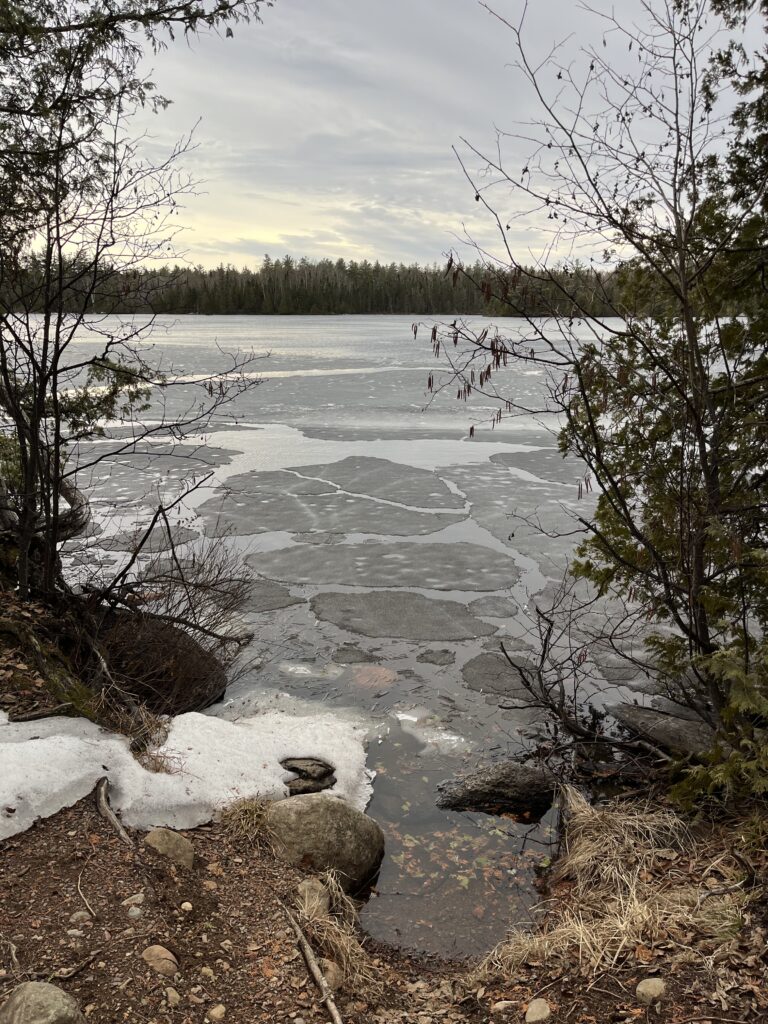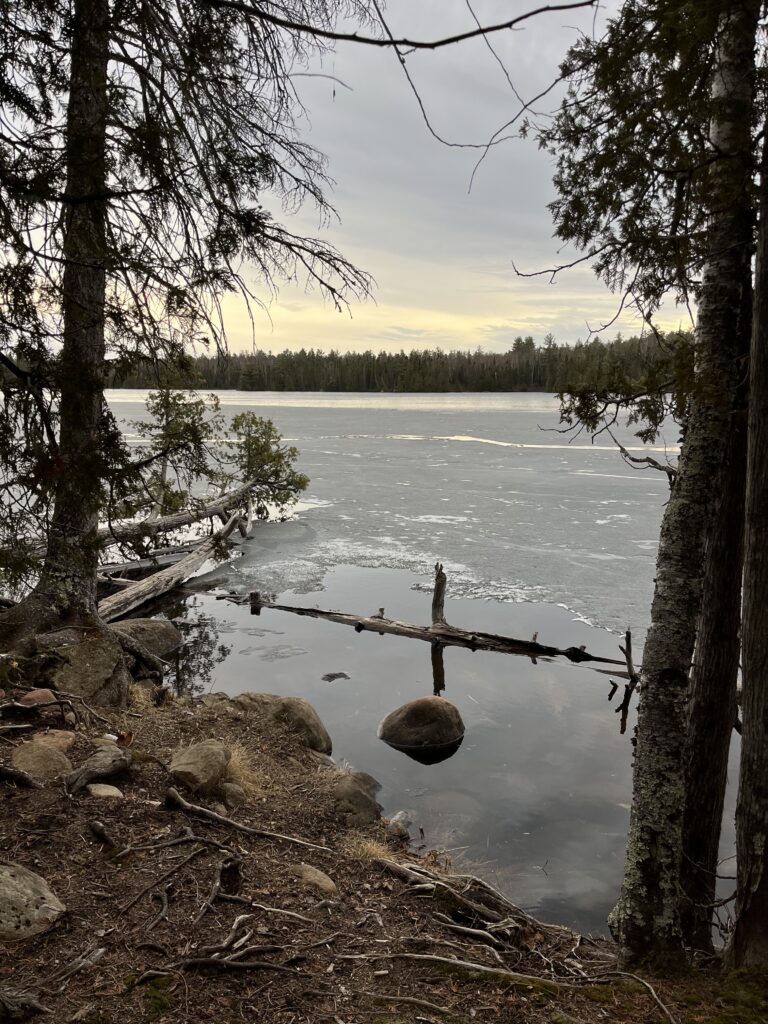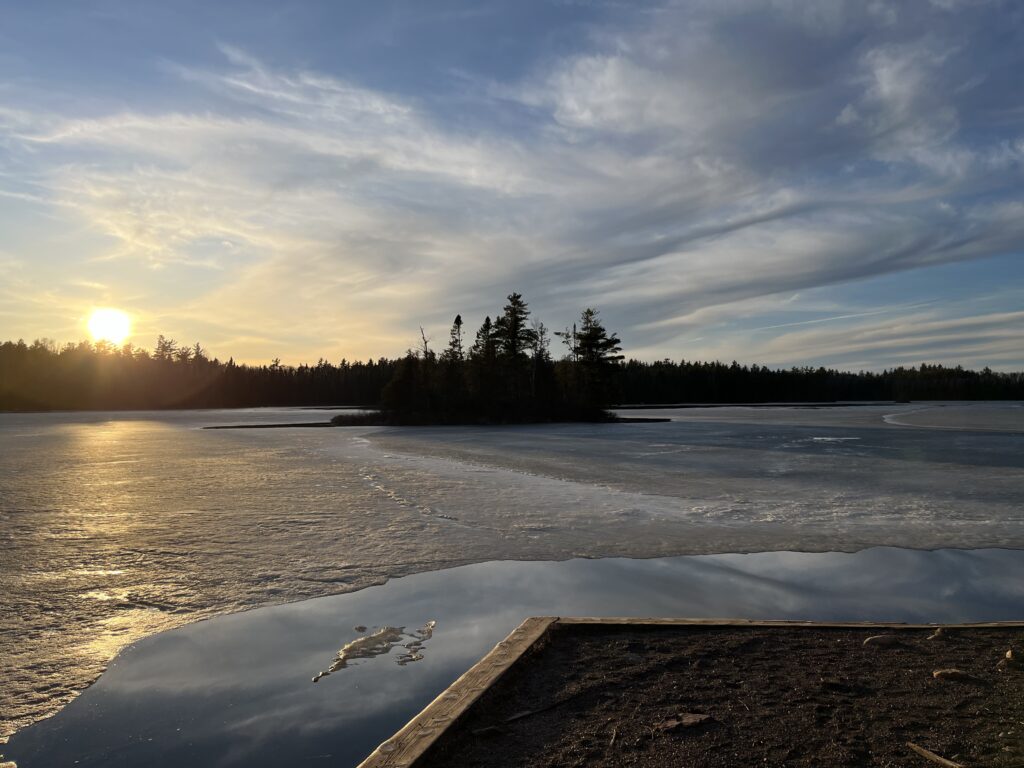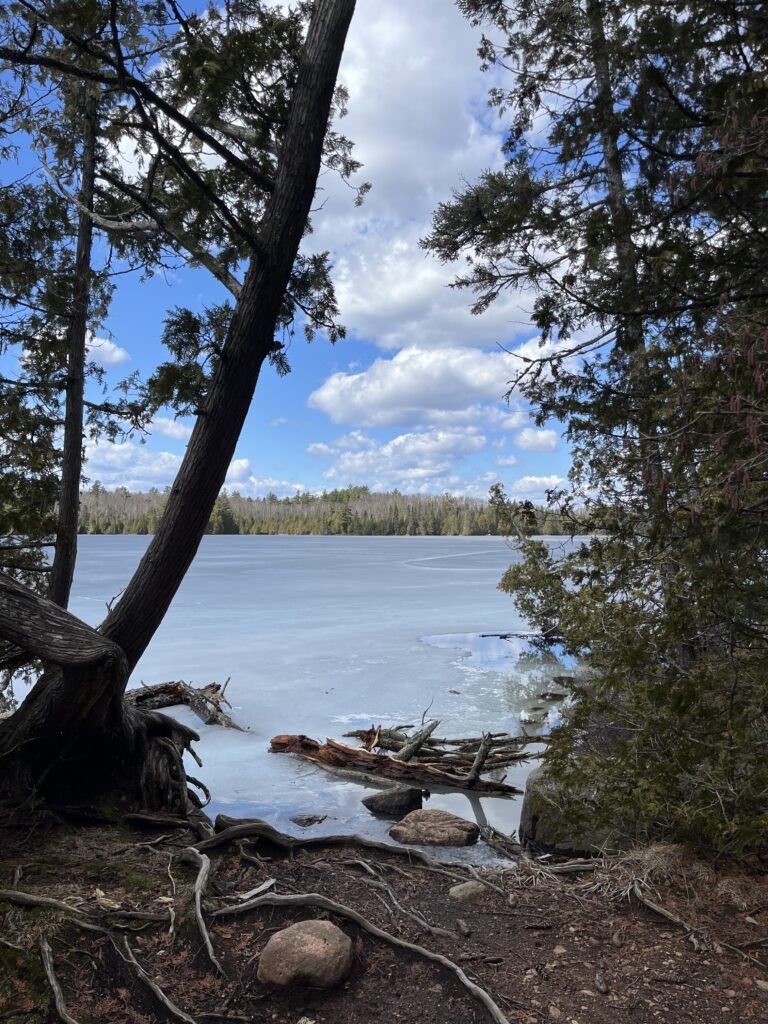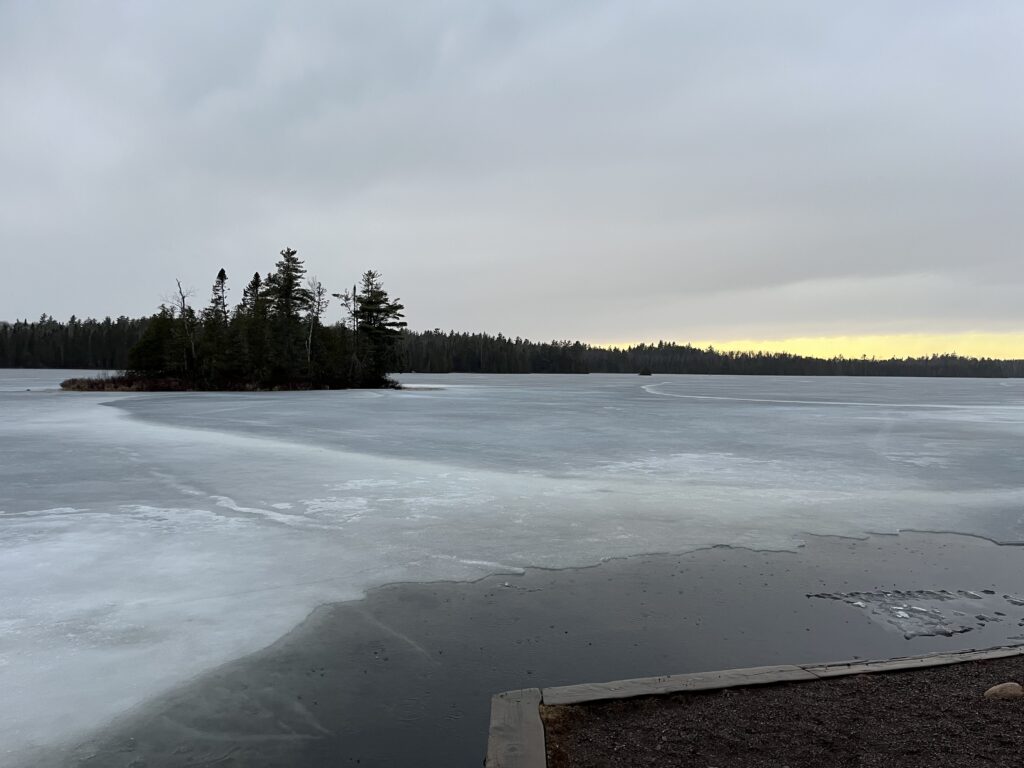5/14/2024 – We received a wonderful piece of mail from Kevin Proescholdt this week. Kevin is the Conservation Director for Wilderness Watch and has a long history with the BWCA Wilderness. As such, he has a collection of wilderness, and specifically BWCA, memorabilia. He recently rediscovered a copy of the Voyageur Magazine from 1967 with an article by Frank Hansen and passed it along to us!
It’s a real treat to read his words and hear his voice in my head while doing so. If you knew Frank, you know he was a great story teller. Although Mary Alice was the real writer at Sawbill, Frank’s article evokes many of the same thoughts and feelings surrounding the BWCA today, even though it was written a mere three years after the Wilderness Act. I’ve included the text and some of the photos of the article below. Bill notes that he remembers the photographer was not interested in including women in his portrayal of the Wilderness. It’s worth noting that Sawbill was founded as an equal partnership and has always remained that way from Frank and MA to Bill and Cindy and now Dan and I. Frank and MA’s daughter Ranna was in the BWCA just as often as Karl and Bill over their childhood years. While some of the perspectives on Wilderness remain the same, our portrayal of the Wilderness traveler is much more realistic these days.

Canoeing
By Frank W. Hansen
Canoeing is thrilling. It is romantic. It is downright hard work. Surveys show that the canoeist is not necessarily a superman. In truth, a majority of the myriad paddlers are youthful people; but almost the entire age range is represented.
The Boundary Waters Canoe Area of the Superior National Forest affords canoeists the finest wilderness canoeing of any area in the United States. This complex of glacier-formed lakes is located close enough to large centers of population so that it is feasible for many people to use for a unique recreation opportunity.

Canoe trippers fall into two broad classes, so far as their destinations go. One group takes exactly the same trip every time, often setting out on the same day each year. The other group never takes the same trip twice and always seeks out new routes.
There are many motives for canoe trips. Perhaps the most basic is the profound need in people to return to a primitive experience. They need to assure themselves that they can find their way, prepare their own food, provide shelter and warmth, and preserve their health under primitive and demanding conditions.
Within the confines of this basic need, many other motives are felt by canoeists. Some, but not all by any means, primarily are interested in fishing. They seek out parts of the lake country which are potentially productive of excellent fishing. Their movements are dictated by fishing success or by the presence or absence of specific species of fish int he lakes on which they travel.

Many others are interested in studying and recording nature. Perhaps they are birdwatchers, reveling in the discovery of a rookery of the blue heron, or finding an eagle’s nest high in the top of a lofty pine, or coming upon the spectacular pileated woodpecker chiseling huge cavities into the trunk of a dead spruce.
Among canoeists, amateur photographers are numerous. There is a never ending challenge in the constantly varying light on the lakes. Stalking and “shooting” the many animals of the forest int heir natural settings requires patience and concentration which allows the cares of the city to e rapidly forgotten. Every turn on the lake affords new vistas to record for later enjoyment.
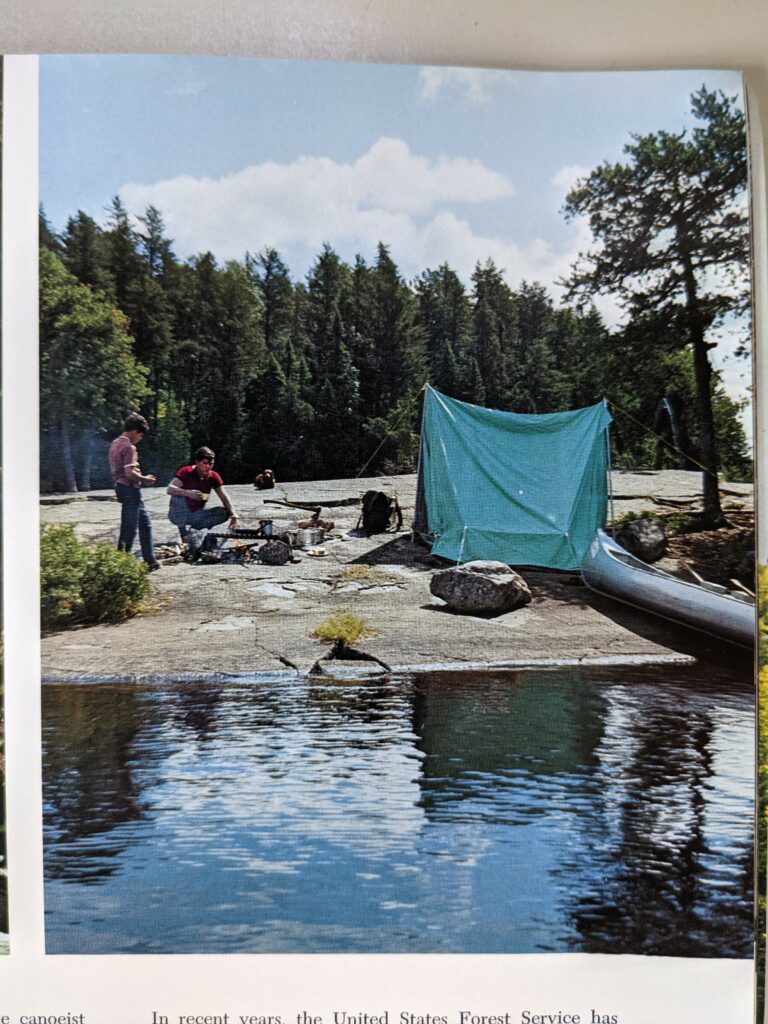
Many canoeists respond to the physical challenge of the lakes and portages. Many husky youth groups have informal time records for traversing certain well known and defined trips. The legends of the voyageurs and their feats of physical prowess spur on the record seeker.
There are not many places left where one may challenge himself to go all out in physical effort. Ona canoe trip, this may be done voluntarily; but very often the very nature of the weather and the terrain more or less forces an all out effort.
Fighting a head wind for several hours while crossing a lake, or traversing a long portage, leaves the canoeist physically spent by deeply satisfied. Facing and overcoming a real test of physical prowess restores one’s self-concept to its highest state. It is most interesting to observe canoe parties before they lave on their trips and after they return. Almost always they are quieter upon their return, more considerate of each other, and deeply confident of themselves. They are more secure in themselves as individuals and as group members.
There are people who have as their prime purpose rest and relaxation. For these folk, the goal is to relax and enjoy the absence of a need to produce on cue. Actually for most canoeists, this happens to an extent. It is a rare canoe party which is up and about before dawn and which paddles until dark. The schedule more often includes rising late, enjoying a leisurely breakfast and campbreaking, paddling until lunchtime, then napping after lunch for a short time. The afternoon travel is cut short if a suitable campsite is found, and the balance of the day is spent in fishing, swimming, and relaxing.
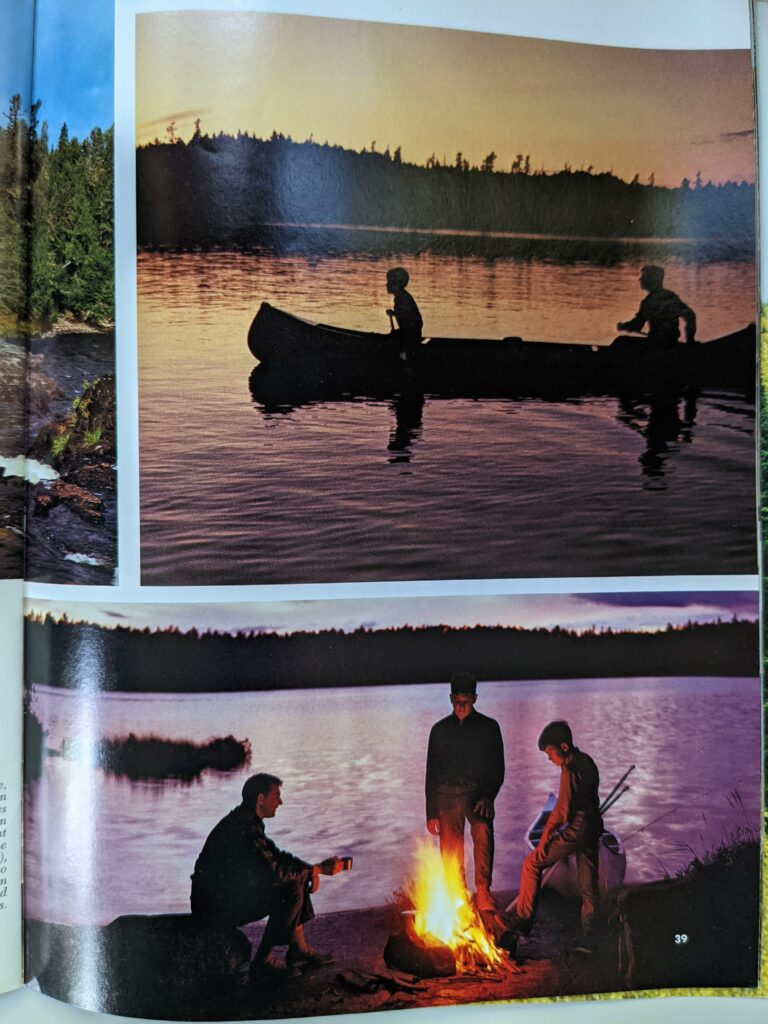
Increasingly, the canoe country is the site of trips sponsored by church groups. The values which emerge as a result of a canoe trip seem to fit very well with the purpose of the churches.
In recent years, the United States Forest Service has been able to make accurate estimates of the actual usage of this area. They were astounded to find that the most generous estimates before of the number of visitor days in the Boundary Waters Canoe Area had been too low.
Interestingly, it has been found that canoeists are gregarious people. They tend to concentrate themselves in a few areas of the forest. The impact of this concentration on the forest is becoming serious. Many campsites are literally being destroyed by use, even though the campers for the most part try hard to protect the forest.
In a sense, even the presence of one human in the forest destroys the true wilderness character of the place. If we are to maintain the wilderness, so that all the many values sought by the canoeist may be realized, extraordinary individual and group efforts must be made.
Even a small residue of litter and waste left by each party accumulates to massive amounts in a short while. For this reason, the canoeist is obligated to pack out all trash. This may seem radical but it is absolutely necessary.
There are many people using the forest for many purposes. To accommodate this value complex, each canoeist must assume control of himself. Then, and only then, will our precious heritage be maintained.



